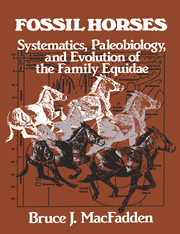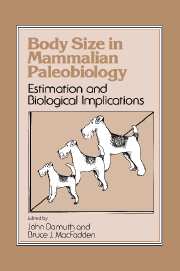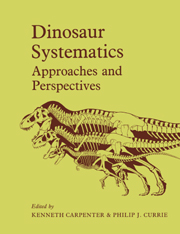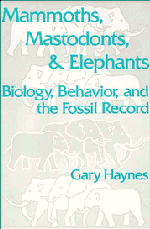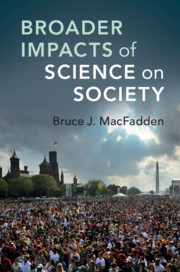Fossil Horses
The family Equidae have an extensive fossil record spanning the last 58 million years, and the evolution of the horse has frequently been used as a classic example of long-term evolution. In recent years, however, there have been many important discoveries of fossil horses, and these, in conjunction with such new methods as cladistics, and techniques like precise geochronology, have allowed us to achieve a much greater understanding of the evolution and biology of this important group. This book synthesizes the large body of data and research relevant to an understanding of fossil horses from several disciplines including biology, geology and palaeontology. Using horses as the central theme, the author weaves together in the text such topics as modern geochronology, palaeobiogeography, climate change, evolution and extinction, functional morphology, and population biology during the Cenozoic period.
- Completely up-to-date account of fossil horses
- Excellent clear description of the facts and theory
Reviews & endorsements
' … a scholarly account of horse evolution, bringing fossil horses back to life with his vivid analysis of the evidence and setting it all in the context of current ideas in palaeobiology … will surely stand as a worthy successor to the late George Gaylord Simpson's famous book Horses, …' The Times Higher Education Supplement
'A timely and readable text, a good advertisement for the biological fruits that the palaeontological tree can bear.' Nature
'Fossil Horses is excellent, giving a clear description of the known and complicated facts, plus a deep and satisfying discussion of the philosophical issues - orthogenesis, punctuated equilibrium, the role of variance (splitting of habitats) in the creation of new species, and so on. If evolution interests you or if you are a biologist with a penchant for horses, then this is the one to buy.' New Scientist
Product details
No date availableHardback
9780521340410
383 pages
261 × 184 × 33 mm
0.955kg
171 b/w illus. 5 tables
Table of Contents
- Preface
- 1. Introduction: why study fossil horses?
- 2. A renaissance in paleontology
- 3. Orthogenesis and scientific thought: old notions die hard
- 4. Collections, museums, and exceptional discoveries
- 5. Systematics and phylogeny: Ungulata, Perissodactyla, and Equidae
- 6. Isotopes, magnetic reversals, fossils, and geological time
- 7. Ancient geography, changing climates, dispersal, and vicariance
- 8. Evolutionary processes: Variation, speciation, and extinction
- 9. Rates of morphological and taxonomic evolution
- 10. Trends, laws, direction, and progress in evolution
- 11. What's the use? functional morphology of feeding and locomotion
- 12. Population dynamics, behavioral ecology, and 'paleoethology'
- 13. Fifty-eight million years of community evolution
- 14. Epilogue: summary and perspective
- Appendix
- References
- Subject index
- Taxonomic index.

